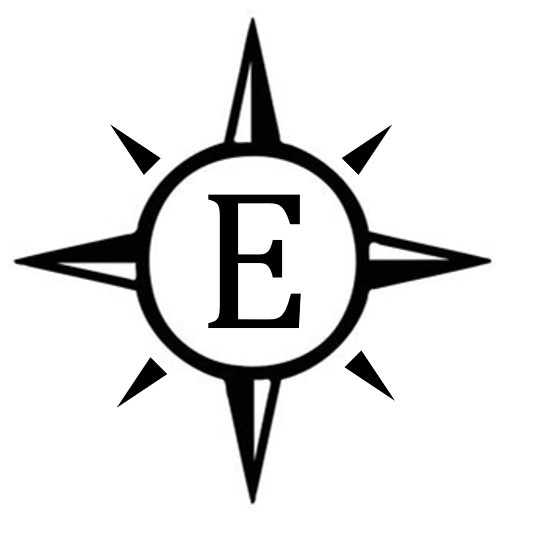|
 EXPLORE & OBSERVE EXPLORE & OBSERVE
|
| |
|
Edition #46: Rocket ready |
| |
|
Plus two space stations, underwater gliders, the first to Antarctica, and more wallabies. |
| |
|
#01 SPACE LAUNCH
+ NASA’s next generation moon rocket is officially “stacked” meaning that all the boosters have been attached to each other and are now just waiting for the spacecraft to be put on top. The Space Launch System (SLS) will launch an unmanned test flight around the moon later this year, with manned missions to follow in a couple of years if everything goes well. The SLS is set to become the biggest rocket ever launched.
+ There are officially two space stations in orbit around Earth. Three Chinese astronauts entered the new Tiangong orbital outpost after launching into space on June 17th. When completed, the station will be about one-fifth the size of the International Space Station, another significant step forward for the ambitious Chinese space program.
+ Just like your house needs a new roof and furnace every twenty years or so, stuff wears out on the space station too. Astronauts just finished a series of spacewalks to install a set of new and improved solar panels. This is the first of six-panel assemblies to be replaced in the coming years. |
| |
|
#02 HUBBLE TROUBLE
+ Speaking of aging space hardware, a payload computer on the Hubble Space Telescope faulted on June 15th, and operators on the ground are still trying to sort out the problem. Fortunately, large spacecraft are built with multiple layers of redundancy so don’t expect an end to the 30-year-old mission just yet. Engineers are likely to be able to find a workaround after the exact cause of the trouble is pinpointed. |
| |
|
#03 SMALLER IS BETTER
+ Commercial launch provider Rocket Labs has been selected by NASA to build a pair of small spacecraft to orbit Mars and study the planet's magnetosphere. The spacecraft will only be about the size of a kitchen oven, continuing the trend of using smaller and cheaper vehicles for interplanetary exploration.
+ The term “glider” refers to a class of small, energy-efficient underwater vehicles that can autonomously travel up and down through multiple layers of the ocean and cover long distances. They have become valuable survey tools for ocean scientists. Unfortunately, the submersibles can cost hundreds of thousands of dollars and can take a long time to repair. But if engineers at the Woods Hole Oceanographic Institute have their way, you might be able to build one on your own in the near future with off-the-shelf components and open-source code in the not too distant future. |
| |
|
#05 ANTARCTICA
+ Europeans are generally credited with being the first humans to lay eyes on Antarctica in the 1820s, but the truth is never quite that simple. Linguistic evidence suggests that the Maori, the indigenous people of New Zealand, may have set sights on Antarctica as early in the 7th century. "It is wholly unsurprising that a human community adept at seafaring and living close to the Antarctic continent might have encountered it centuries prior to European voyages to the same area." |
| |
|
#06 CONSERVATION
+ The rare bridled nail-tail wallaby has received a boost after conservationists found that protecting just the juvenile individuals from feral cats had an outsize effect on survival rates.
+ North America’s rarest wolf subspecies are returning to their historic range in the American southwest. Conservationists found that wild mother wolves will accept newborn captive wolves into their brood, increasing the survival rate of the captive-born animals in the wild. |
| |
|
#07 A GOOD BOOK
+ For her 10th birthday Dervla Murphy received a world atlas and a bicycle for her birthday, and that was that. Twenty years later, in 1963, she would embark on a bike ride from her native Ireland to India, simply because it was the longest stretch of land she could find uninterrupted by an ocean. Her adventures are recounted in her book Full Tilt: Ireland to India with a Bicycle. Unlike a normal travel memoir which often retells a story with the advantage of hindsight, Full Tilt is simply a collection of letters and journal entries that Murphy sent back to her family along the way. The result is a book that is both more honest than most travel writing and reflects the adventure, tribulations, disappointments, and occasional mistakes of a wayward traveler in a strange land.
Reflecting on a short flight that took her into the Himalayan mountains, Murphy notes, “... I suddenly became aware that this was the wrong approach to a noble range. One should win the privilege of looking down on such a scene, and I had done nothing to earn a glimpse of these remote beauties ... The more I see of unmechanized places and people the more convinced I become that machines have done incalculable damage by unbalancing the relationship between Man and Nature ... For us to refer to Nature as a separate entity - something we admire or avoid or study or paint - shows how far we've removed ourselves from it.” |
| |
|
That's all for this week! You can respond to this email to tell me about anything you liked or didn't like, tell me about a project you're working on, or suggest a story. You might also forward this email to a friend so they can subscribe too!
- Evan Hilgemann |
| |
|
This newsletter was produced as a private venture and not in the author's capacity as an employee of the Jet Propulsion Laboratory/California Institute of Technology or of Griffith Observatory. Any views and opinions expressed herein or on exploreandobserve.com are his own and not those of his employers. |
|
|
|